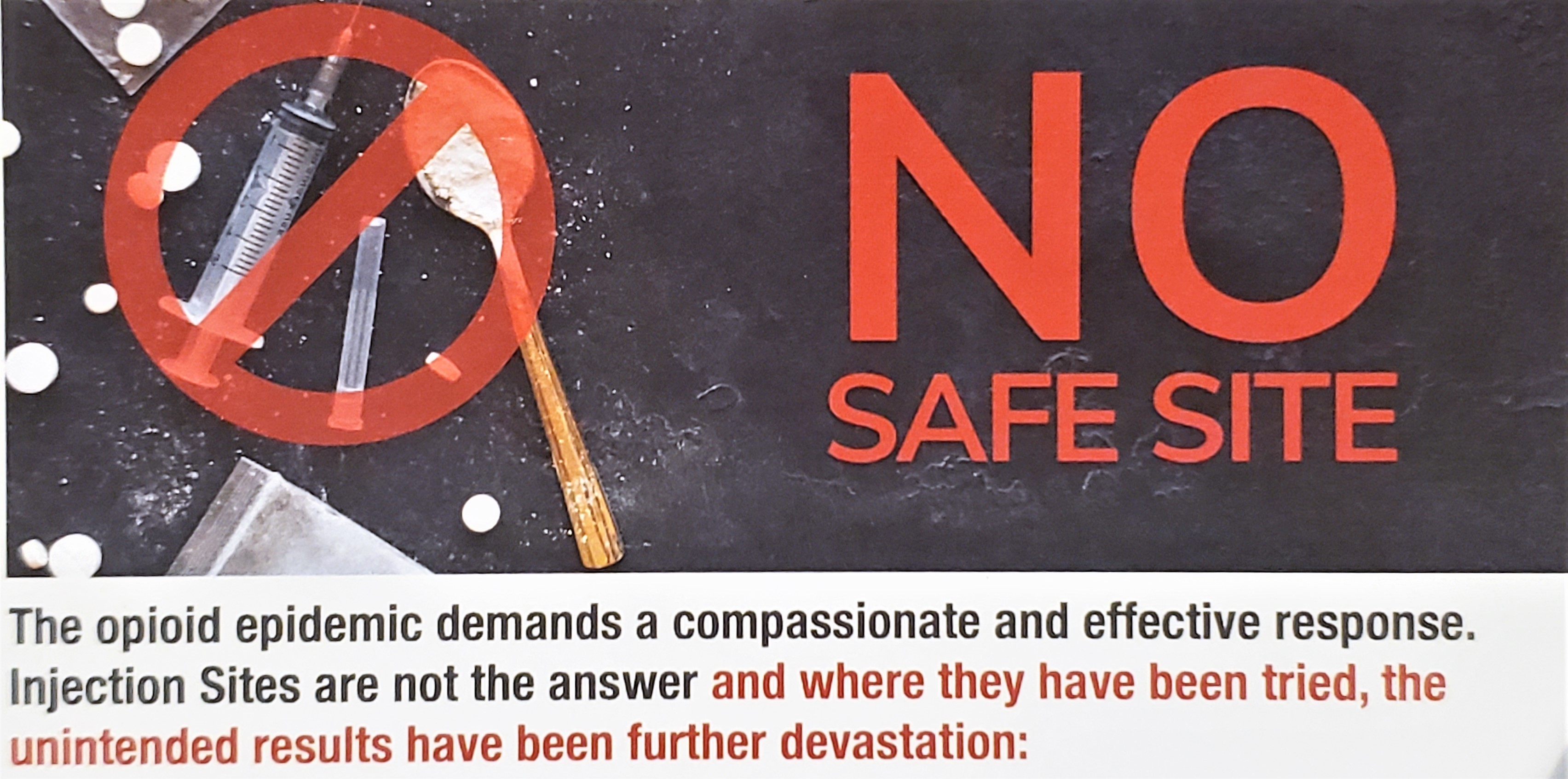KNUS radio continues to be unable to support its claim that safe use sites create “further devastation” in communities blighted by opioid addiction.
In response to a request by the Colorado Times Recorder, the radio station provided documents that do not conclude or even infer that safe use sites cause an increase in overdose deaths.
When this evidentiary disconnect was pointed out to KNUS, host Steffan Tubbs told the Colorado Times Recorder that it was “lucky to have received anything” and to no longer contact him or his producer about anything connected to his program.
Mark Crowley, KNUS Director of Digital Operations and Development, also made a point to reach out saying, “We know what we know and saw what we saw and can say without wavering that supervised/safe injection is patently wrong, unsafe, encourages crime and homelessness and goes against every tenet of recovery. You will never find that in any journal or research paper. It just is what it is.”
Here are those documents provided by KNUS:
- A graph from the Feb. 4 KNUS presentation at the Colorado Capitol shows a 725 percent increase in overdose deaths in all of British Columbia since 2003 reported by the BC Coroner’s Service. This study also includes several other statistics that reflect the devastation of the opioid crisis. However, the study does not conclude this increase was caused by safe use sites. Instead, it labels fentanyl as the culprit. Additionally, a 725 percent increase is consistent with increases of overdose deaths in other places like Ohio where there are no safe use sites.
- A report from the City of Vancouver that “shows that the number of suspected overdose deaths across the province decreased slightly in June” 2018. The report also states, “The City continues to advocate for more and expanded programs that provide access to drug checking and clean drug supply, recently providing $60k of funding to the BC Centre on Substance Use (BCCSU) to purchase an FTIR spectrometer to support drug checking pilot initiatives.”
- A Westword article interviewing Peter Boyles, another KNUS talk radio host, about safe use sites and cites the same sources listed above. Westword reporter Michael Roberts writes, “Establishing a causal link between these stats and intravenous drug use is difficult, but Boyles believes there’s a connection…”
- A link to the KNUS website dedicated to safe use sites which provides the radio stations stance on the issue. Also, the site includes images of people suffering from addiction on the streets of Vancouver.
Of these documents, the only scientifically credible source is a graph that shows overdose death increases in British Columbia.

And rather than presenting this graph as it appears in the BC Coroner’s Service report, KNUS staffers captioned it for their presentation to read, “Since injection sites started in 2003, overdose deaths up over 725 percent in BC.”

It’s true that overdose deaths increased in British Columbia by 725 percent since 2003, but the study did not take into account the impact of safe use sites. In fact, after reading the bulk of the report, the only time safe use sites are mentioned is to report “no deaths.”

The report also states, “Illicit fentanyl–detected deaths appear to account for the increase in illicit drug overdose deaths since 2012 as the number of illicit drug overdose deaths excluding fentanyl-detected has remained relatively stable since 2011 (average of 285 deaths per year).”
In fact, a safe use site is a supervised facility where intravenous drug users are allowed to inject illicit drugs purchased on the street under the supervision of trained professionals. Safe use sites are also intended to connect participants with other recovery treatment services throughout the community. Multiple studies show that safe use sites save the lives of addicts.
Background:
In early February, conservative radio station KNUS presented the station’s campaign against safe use sites at the Capitol. The presentation featured images and testimonies from a trip Tubbs, host Peter Boyles, and Crowley took to Vancouver, British Columbia (BC).
Their message, as Crowley puts it was that, “there is nothing ‘safe’ or even ‘supervised’ but rather an enabling of abusers and the creation of a magnet for unfettered use (to include the sharing of needles within steps of the entrance to an injection facility and those who go inside coming out with fresh needles to hand out to their friends), crime, and homelessness.”
Colorado Times Recorder did not find any information to back up this claim. Tubbs and Boyles repeatedly ridiculed Colorado Times Recorder for calling the radio station’s presentation “misleading.”
Later, the Steffan Tubbs Show invited the Colorado Times Recorder onto the show to discuss their misleading use of information to support the No Safe Site campaign.
Tubbs promised to provide information to support the inference that safe use sites should not be allowed in Denver because of their alleged devastating effects.
After several attempts to obtain the promised information, KNUS staff informed Colorado Times Recorder they were done with the issue after legislation to pilot a safe use site program was not introduced during this year’s legislative session.
Eventually, Kirk Widlund, producer for the Steffan Tubbs Show, sent the information provided above. Upon review of the documents provided, the Colorado Times Recorder found no evidence of safe use sites contributing to the symptoms of an opioid epidemic.
Therefore the information provided by KNUS, along with information that Colorado Times Recorder was able to find, does not show that safe use sites bare any responsibility for a worsening opioid epidemic.
The information presented and the documents provided by KNUS show the devastating effects of opioid abuse among people suffering from addiction and the broader opioid crisis. It does not, however, support a campaign against an addiction recovery treatment option.
Note: The name Kirk Widlund was spelled wrong in the original version. This has since been corrected.




